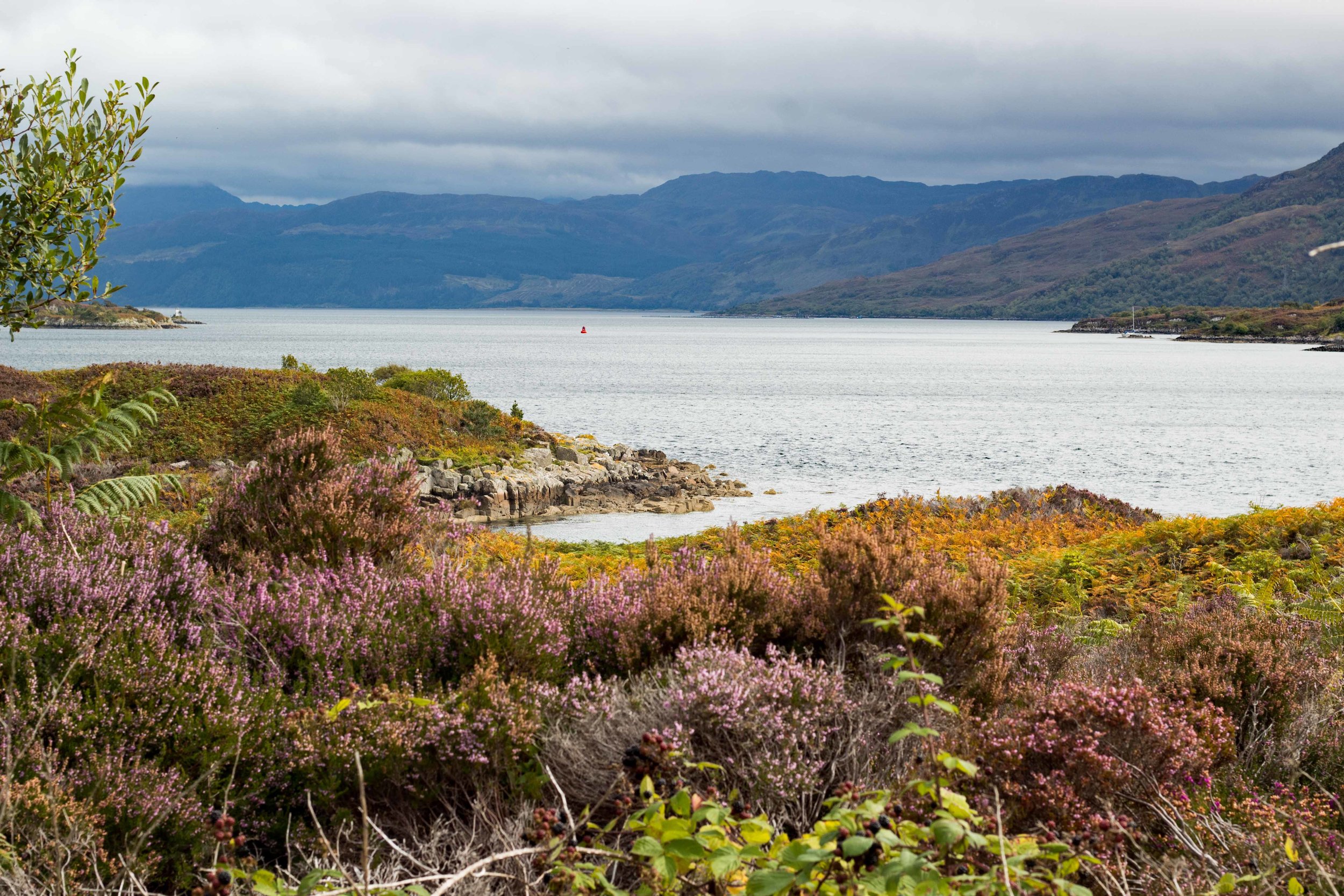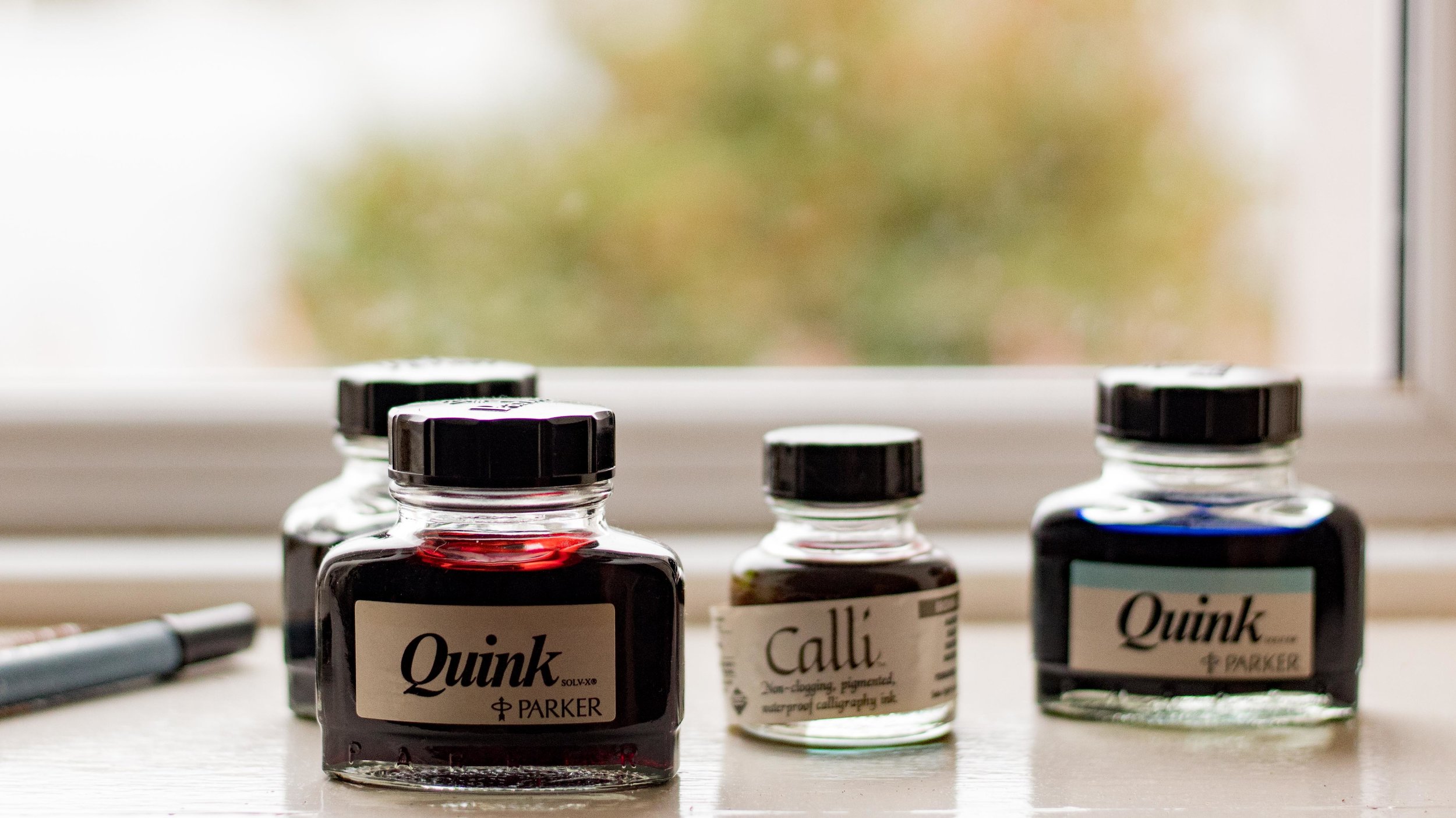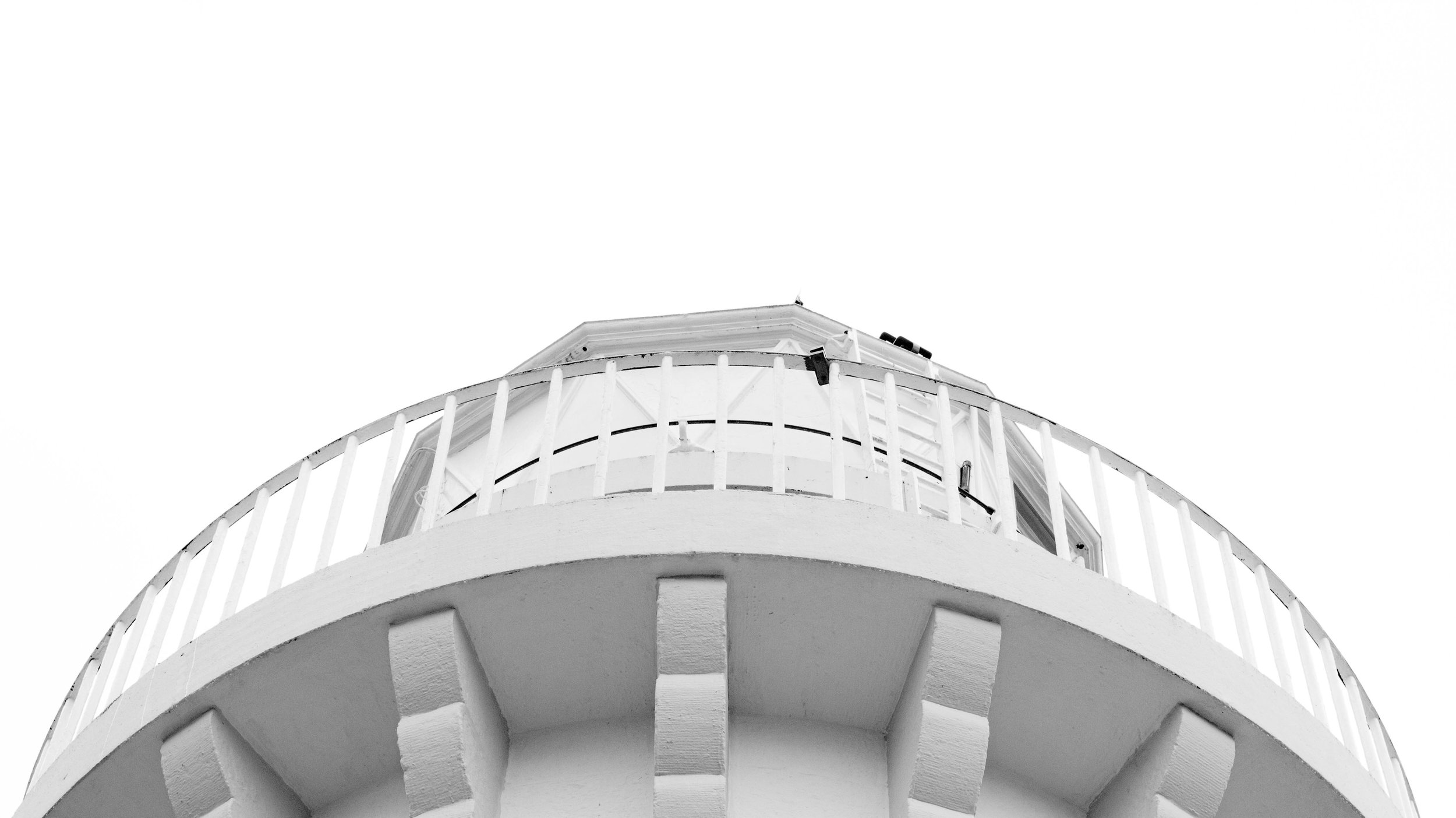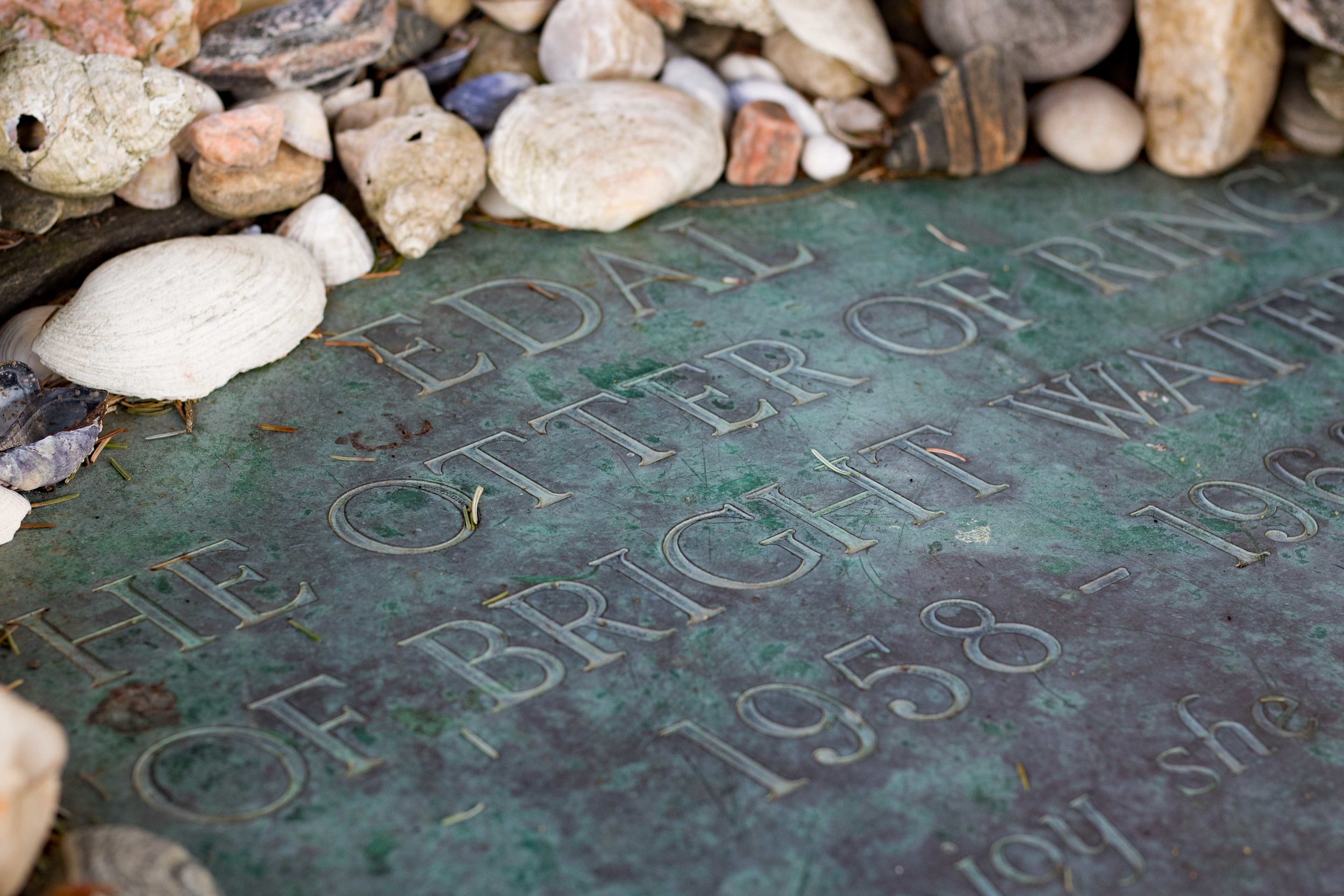Following Footsteps
I have a confession to make. Whilst it might not be a big deal to some, it will be absolute sacrilege to others. So, it sort of took me the best part of 29 years to read Ring of Bright Water. There I said it, my conscience is clear. It’s not that I didn’t want to read the book, it’s always been on my list, but I would always shuffle it to the bottom of the pile, making excuses as to why I couldn’t read it: extra homework, other books to read, too tired from long hours at work or whatever. The real reasons were simple – I knew what happened (the same reason I haven’t read Tarka). I also knew that I would get irrevocably attached to the main animals and would struggle to follow their plights in literary form. I always knew the story of Ring and was constantly reminded of the plot when I read plenty of other books about Gavin Maxwell, Camusfearna and Eilean Ban; Dan Boothby’s Island of Dreams and John Lister-Kaye’s recent Dun Cow Rib, were the stand out stories that made me finally face my literary fears and read Gavin’s tale of a life lived with otters.
Well I’ve read it now, I say read, more like devoured. And it is every bit as good as people say it is, not just the wonderfully detailed descriptions of otters, but the way he sets the scene of Camusfearna. An idyllic refuge guarded by a waterfall, hidden in a bay looking out at the shimmering Sound of Sleat. It’s described as everything you would want from a truly free existence. When he first portrays his first descent down to the ramshackle cottage, it only serves to highlight the complete remoteness of the setting. To fall asleep at night to the lullaby of a tumbling waterfall whilst waves run over silver sands, with an otter tucked up in the crook of your knee is the epitome of living in the dream in my opinion. Even before I had read the books I knew I wanted to make the pilgrimage, even though the house isn’t there anymore, that so many other book nerds had made to Sandaig, the true name of the house of otters. I wanted to witness the magic that a love of animals and all things wild can imprint on a place. Now that I’d read it I was more than ready to get the walking boots on and follow in so many other’s footsteps.
Unbeknownst to me, Bill was one step ahead, and after ordering me the book last month, he had organised us a Gavin Maxwell trip. We would get the car ferry from Mallaig to Armadale on Skye, from here we would drive to Kyleakin, where we would visit the Ring of Bright Water visitor centre run by the Eilean Ban trust, where we would tour Eilean Ban, Maxwell’s final home. It was then on to Kintail in search of Sandaig. Maxwell’s ashes are now resting on the site of Camusfearna, and under the ill-fated Rowan tree lies the burial spot of Edal, one of the three main otters that appear in the Ring of Bright Water trilogy. I was so excited to be going on an adventure, following the footsteps of a story was something I had never done before, but I was worried we wouldn’t find it, and the whole experience would elude me somehow.
I can’t explain my reasons for wanting to visit both the sites, it’s been a feeling that has just sat with me ever since I’ve been aware of the place. It might not make sense to visit the site of a story that I had to muster up the courage to read. The fact that the book affected me before I’d even read was a stellar example of the power of the story and the connection of nature. I think it might be the pull of the story and remote, wild existence that enticed me to seek it out. I can’t honestly say how Maxwell would feel about so many people heading to his and his otters final resting places, he made mention to the problem of unwelcome visitors and book fans appearing at the cottage in Ring’s sequel, The Rocks Remain. Now that the house isn’t there plenty of people pass through to take in the views, pay their respects to both Maxwell and the otters and perhaps to reconnect with some wildness they feel they might have lost.
We boarded the second ferry of the morning at Mallaig, the smaller of the two ferries that run so the journey was due to take 40 minutes as opposed to the 20minute crossing the larger ferry takes. With the weather being less than clement, we chose to shelter in the van from the onslaught of sideways rain and American tourists. Coach loads of tourists lined the top decks to peer out into the murk and mist and were all quick to depart to the two or three tiny gift shops at Armadale. We only stopped briefly before heading on the short 40minte journey to Kyleakin.
I imagine that before the Skye bridge was put in Kyleakin was a bit of a social hubbub and tourist attraction, what with it being another ferry port, but the distraction of the bridge now tends to lead people away to other areas of the popular Island. Despite this, the car park was busy, manly with coaches and minibuses full of sight seekers, but there was still ample free parking for our van. From here the Ring of Bright Water visitor centre is just short walk past the pub and post office. The windows of the building are decorated with the Eilean Ban trusts logo of an otter, elongated and fluid in a swimming motion, and outside the store stands a bronze statue of Teko curled on his back, almost reaching for his tail. Inside there is certainly a lot more otter information, as well interesting and interactive displays about the fascinating natural history within the area. My particular favourite was the sand pit with stamps that left impressions of wild animal’s tracks. There was also plenty about the author who brought otters to life for so many people. Seeing the displays of old black and white photos, where otters and humans mixed together like it was normal, amongst pages of manuscripts of original handwriting preserved in glass frames gave me shivers. The last remnants of someone’s life’s work still having so much impact.
The 2pm tour of Eilean Ban met at a little brown gate tucked into a stone wall just the other side of the Skye Bridge. From here we were led by a guide around the island, to all the important spots. Under aromatic trees the small group of 6 visitors huddled around the remains of Teko’s pen and the rock, lovingly carved with his name to mark his final resting place, before being led to the lighthouse keeper’s cottage that Maxwell had made his own. By this time the sun had burnt off a little of the haze and the rain had turned to a light intermittent drip, we picked blackberries and ate them as we gazed back across the fast-moving tides to the village of Kyleakin.
I was struck by how much the long room reminded me of my grandparent’s décor, the solid wooden furniture, glass drinks trays filled with ornate decanters, letter holders and openers, rows of dusty books and half-filled bottles of Quink ink on the illuminated windowsill. The room isn’t exactly how Maxwell had it, as a huge amount of his possessions had been lost with the sale of the Island, but it was as close a replica as it could have been. It felt homely and well lived in, with views of wildness directly ahead. Those views and the wildness of the Island are now somewhat punctuated with the repetitive clank of traffic from the imposing Skye Bridge.
The bridge isn’t quite as imposing from the living quarters as it is from the Stevenson lighthouse, and after climbing a flight of stairs and two vertical ladders, the view from the platform even though you are stood outside feels remarkably like you are roofed in. It almost felt that if you stretched up and reached out you could touch it, this block of concrete connecting two entirely different worlds together. We ate more blackberries and stared into the clear waters below, thinking about how different life would have been back then compared to how busy and loud it is now.
The visit to the museum had more than riled me up for the next part of our trip, and the following day we found ourselves on the footpath to the Bay of Alders just outside the village of Glen Elg. The, now well laid, path twisted down through harvested forestry plantations, it carried us swiftly and steeply to our destination under blue skies adorned with cotton clouds. The weather was in our favour. Giving you a brief view down to the site of Camusfearna the path quickly drops into a shaded wooded area before exposing you to the bay itself. You’re at sea level, sea and sky all melt into one and the view is only broken by turning to look at the grass meadow which is sketched with bracken and trees and a rock. A big rock in the middle of it all. Gavin Maxwell’s rock. On closer inspection the burial site of Maxwell’s ashes is decorated with stones and shells, parting gifts from fans and admirers who have been brought so much joy by his tales. We followed the sound of the rushing burn to find the memorial to Edal. The Rowan tree isn’t there anymore, but the memorial plaque remains and much like Maxwell’s it is bejewelled with many a carefully placed natural treasure. Slick mussel shells, amongst white rocks and pebbles all things I imagine Edal would have found much joy in juggling in her seemingly human like hands. There were even flowers and brightly coloured ribbons attached to the tree branches that bowed down to offer the memorial a gesture of protection.
It certainly held an atmosphere, it rang with the joys that people experienced here, the joys of readers who had read the books and made their literary pilgrimage to the site. But, just like the books, it held an air of sorrow. The reminder that life comes with the rough as well as the smooth, and that things will change always beyond our control. New ways will creep in and over take the old, but we should look back fondly and try to embrace it in our way of living. I didn’t feel sad as we scoured the beach for gifts to offer to the memorials, instead I felt calm. Absorbed by the atmosphere of the place as well as by the sheer untamed beauty of its surroundings. As the continuous tumbling of the waterfall rang out from the dark woods across the burn and the sea sparkled the whole way to the horizon, I was pleased I had finally read the book that had haunted me for such a long time. It was a pleasure to face the ups and downs of all the characters. Now to tackle Tarka….












